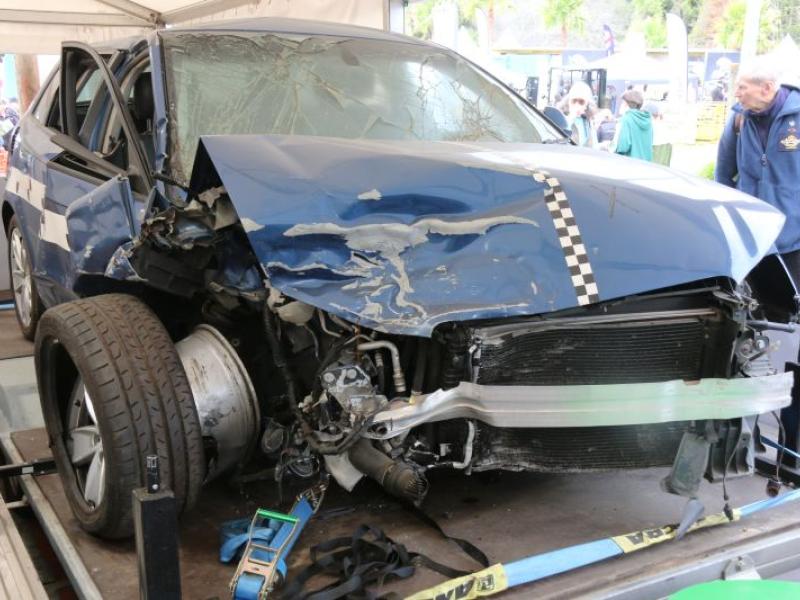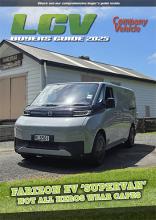Leasing and buying
When acquiring a vehicle for your business, one of the most important decisions is whether to purchase it outright or lease it. Each option has unique benefits and drawbacks that can impact your business’s finances and operations.
Key question: Should you tie up capital in purchasing a vehicle outright, or use leasing to manage cash flow and expenses? Many companies prefer leasing as it is a cost-effective, tax-deductible financing option that frees up capital for investments in other business areas.
The basics of vehicle leasing
Vehicle leasing allows businesses to acquire vehicles without the need for upfront capital. Instead of owning the vehicle, businesses pay a set monthly fee for its use during the lease term. This is typically three to five years, after which the vehicle is returned.
Advantages of leasing:
Cost-effectiveness – Payments are lower than loan repayments required for purchasing outright.
Tax benefits – Operating expenses related to leasing are 100 percent tax-deductible.
No depreciation Concerns – You avoid capital losses from rapid vehicle depreciation.
Cash flow management – Leasing reduces upfront costs and monthly payments are predictable, aiding in budgeting.
Disadvantages of leasing:
Fixed contracts – Leasing often comes with fixed terms and kilometre restrictions.
Condition requirements – Refurbishment charges may apply if the vehicle is not returned in good condition.
Termination fees – Early contract termination incurs additional charges.
No ownership – At the lease’s end, there is no opportunity to possess the vehicle unless additional terms allow for it.
Comparing leasing options: traditional, finance
Traditional Operating Lease:
A fixed-term agreement where the vehicle is returned at the end.
Pros: Fully tax-deductible, no upfront capital required, and frees up funds for business growth.
Cons: Restricted by kilometre limits, refurbishment requirements, and fixed-term agreements.
Finance lease:
Ideal for businesses intending to own the vehicle after the lease term. Includes a fixed residual value.
Pros: More affordable than hire purchase, potential ownership at the end, and GST benefits.
Cons: Depreciation and damage costs impact business finances, and tax-deductibility is limited.
The case for purchasing outright
Owning a vehicle outright provides freedom but comes at a higher financial cost. Businesses must weigh the benefits of ownership against the downsides of tying up capital in a depreciating asset.
Benefits of Buying:
Complete ownership – No conditions on usage, mileage, or customisation.
No ongoing payments – Once fully purchased, the vehicle has no recurring costs outside of maintenance.
Long-term investment – You retain value in the form of a tangible asset that can be sold later.
Drawbacks of Buying:
High upfront costs – Requires liquid capital or financing, which impacts cash reserves.
Depreciation – Vehicles rapidly lose value, especially new ones.
Maintenance expenses – Older vehicles may require frequent repairs and higher upkeep after the warranty ends.
Resale hassles – Selling or trading in the vehicle involves time and effort.
The leasing process made simple
Pre-Contract Stage:
Choose the vehicle style, accessories, expected kilometers, and contract term. Complete a quick, credit-approved application.
Signing the agreement: Once insurance is in place, sign the lease documents and pick up the vehicle.
During the contract: Use the vehicle as if it were your own. Contact the provider if you need to upgrade or modify your contract.
End-of-Lease Options:
Return the vehicle and pay any residual or refurbishment fees (traditional).
Keep the vehicle by paying off the residual value (finance).
Summing it all up
Deciding whether to lease or buy comes down to your business priorities. Leasing offers flexibility and cost-efficiency, while outright purchasing grants freedom of ownership. For businesses looking to preserve capital, benefit from tax-deductible expenses, and avoid risks tied to depreciation, leasing might be the smarter choice.
For further assistance in making the right decision, contact your leasing provider to explore tailored options suited to your business needs.






